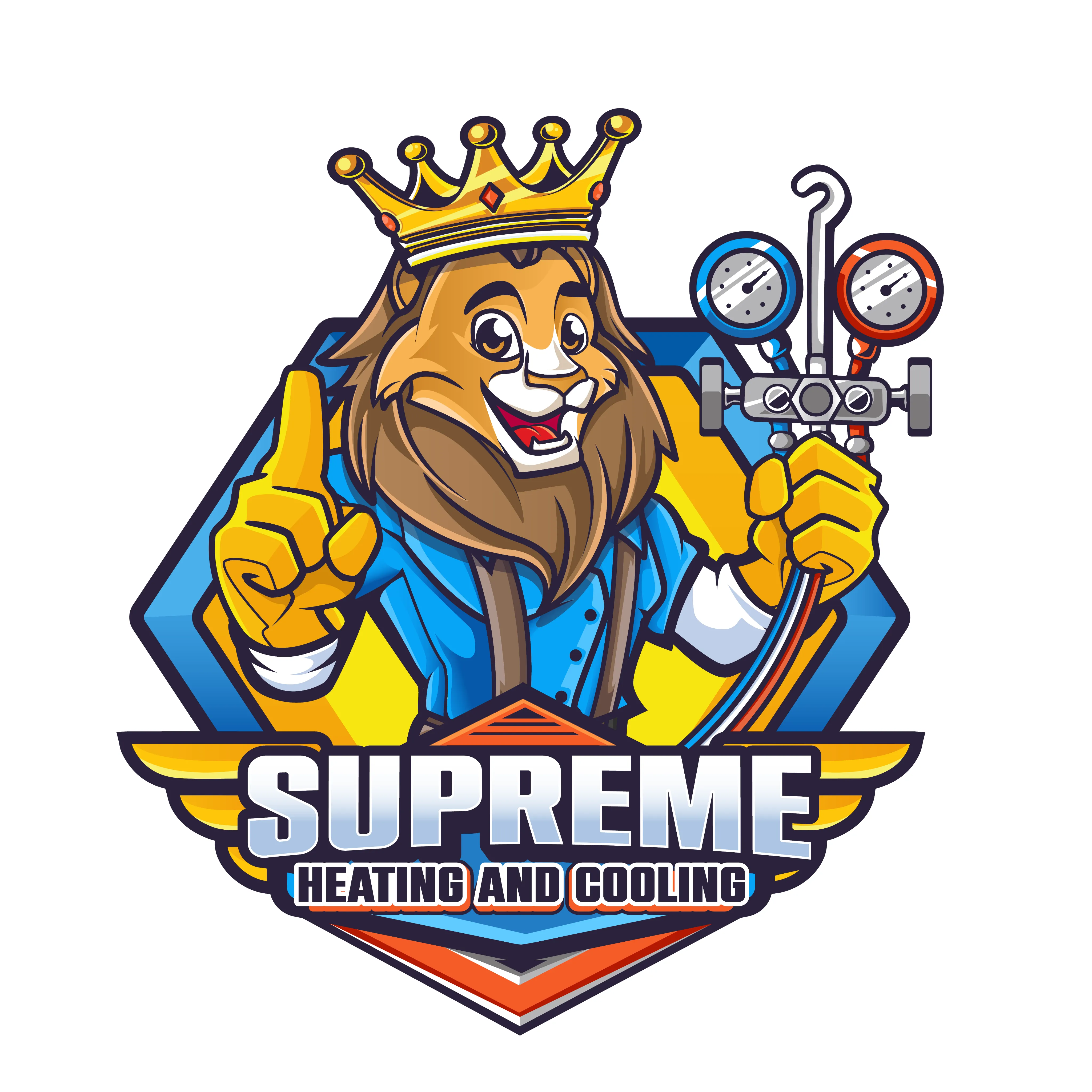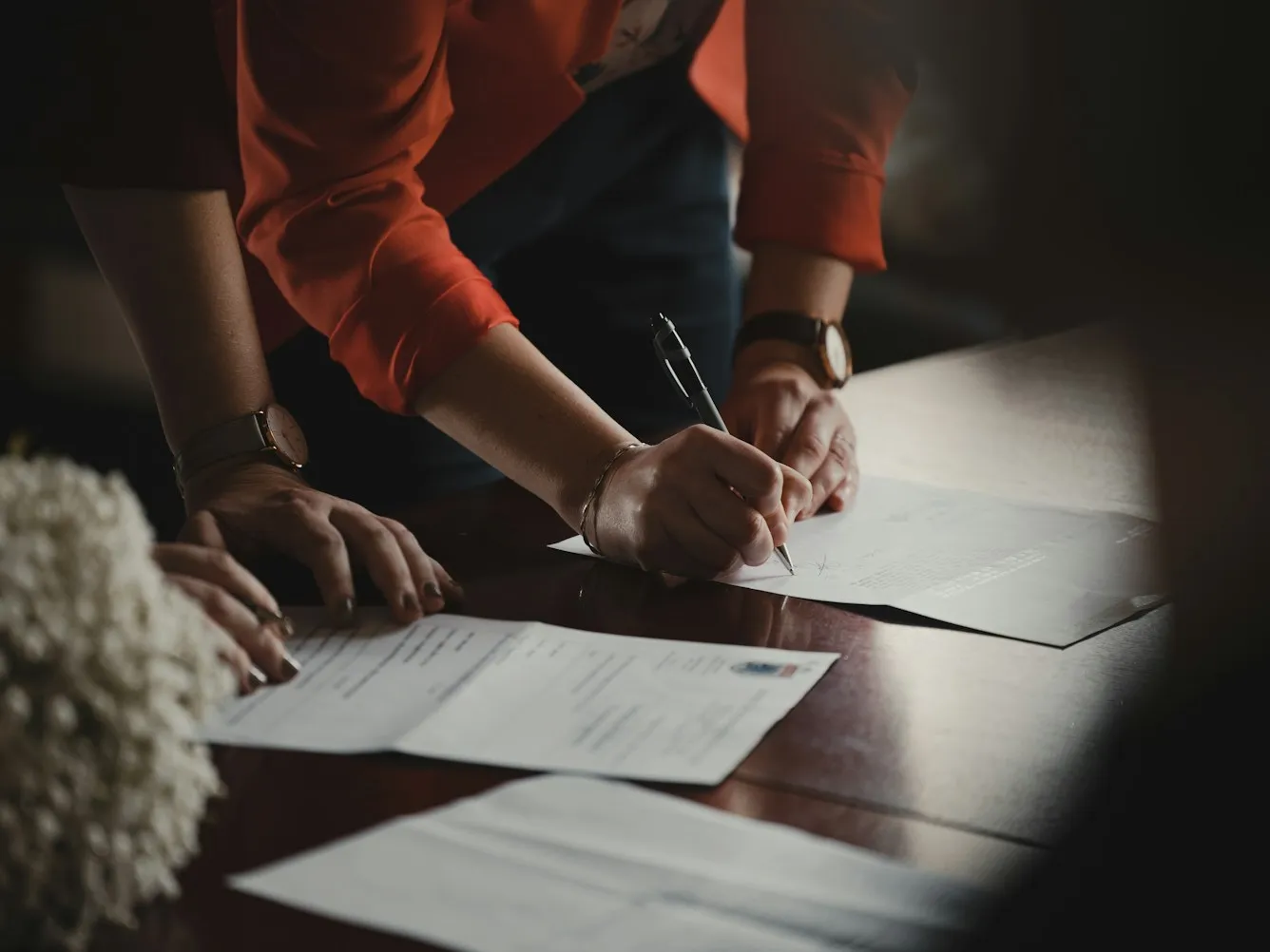A furnace that blows cold air instead of warm heat can quickly turn your Baldwin home from cozy to uncomfortable, especially during the chilly months. Understanding why this problem occurs and how to address it is crucial for restoring warmth efficiently and reliably. At Supreme Heating and Cooling, we bring over 15 years of expertise in diagnosing and resolving furnace issues typical to Baldwin’s unique climate. This guide covers the common causes of a cold-blowing furnace, easy homeowner troubleshooting steps, professional diagnostic methods, and effective repair and replacement options tailored specifically for Baldwin residents.

Why Is My Furnace Blowing Cold Air in Baldwin?
In Baldwin homes, the furnace is the heart of keeping indoor spaces warm through long cold spells. When your furnace blows cold air, it indicates a disruption in its heating cycle. Several frequent culprits can cause this issue:
- Thermostat Malfunction or Misconfiguration: If the thermostat isn’t signaling the furnace to produce heat correctly, the system may run without igniting the burner.
- Pilot Light or Ignitor Problems: A faulty pilot light or electric ignitor fails to ignite the gas burner, resulting in cold air circulation.
- Gas Supply Issues: Interruptions or blockages in gas flow prevent combustion, turning the furnace into a big fan moving cold air.
- Clogged Air Filters and Duct Blockages: Dirty filters and obstructed ducts reduce airflow and heat distribution, making your furnace less effective.
- Limit Switch or Flame Sensor Faults: These safety controls can shut down the burner prematurely if they detect potential problems.
- Seasonal Effects and Baldwin’s Climate: Fall and winter humidity and temperature swings may affect furnace performance, especially if maintenance is overdue.
Recognizing these causes is the first step toward restoring your home’s comfort with minimal downtime.
Step-by-Step Homeowner Checks Before Calling a Professional
Before requesting expert service, Baldwin homeowners can perform some simple checks to identify straightforward issues:
- Verify Thermostat Settings
Ensure the thermostat is set to “Heat” mode and the set temperature is above the current room temperature. Replace batteries if applicable. - Inspect Pilot Light or Ignitor
For furnaces with a pilot light, look through the sight glass to check if it’s lit. For electronic ignitors, listen for clicking sounds or look for error codes on the control board display. - Change or Clean Air Filters
Dirty filters restrict airflow and cause overheating, which can lead the furnace to cycle off the burner. Replace filters every 1 to 3 months, depending on usage. - Check Gas Supply and Shutoff Valve
Confirm the gas valve near your furnace is open and gas is not interrupted by your utility provider. - Inspect Air Vents and Ducts
Make sure supply vents are open and ducts are unobstructed by furniture or debris, maximizing airflow. - Reset the Furnace
Many systems have a reset switch or button. Turn the power off for a few minutes and then back on to clear minor glitches.
If these checks do not resolve the issue, it is time to call a professional furnace technician who can safely and efficiently diagnose the root cause.
Professional Diagnostic Procedures for a Furnace Blowing Cold Air
When Supreme Heating and Cooling evaluates your furnace in Baldwin, the process involves a thorough, methodical approach to identify hidden or complex problems, ensuring long-term reliability:
- Comprehensive Visual Inspection
Assess the furnace cabinet, burners, pilot assembly, ignitor, wiring, and gas lines for wear, damage, or loose connections. - Thermostat Calibration and Signal Testing
Use specialized equipment to confirm the thermostat is correctly communicating with the furnace. This includes verifying wiring and voltage. - Gas Pressure Measurement
Measuring inlet and manifold gas pressures guarantees your furnace receives the adequate fuel supply required for proper combustion. - Examination of the Flame Sensor and Limit Switch
Clean or test these components to prevent erroneous shutdowns or unsafe operation. - Airflow and Ductwork Analysis
Check for leaks, blockages, or inadequate duct sizing which can cause uneven heating or system strain. - System Performance Evaluation
Run the furnace through a complete heating cycle to monitor operation, ignitor flame intensity, and airflow temperatures.
This detailed diagnostic process is essential in Baldwin’s often humid, varied temperature environment, where equipment performance can degrade differently than in other regions. Accurate diagnosis prevents unnecessary repairs and ensures the right solution.
Common Fixes for a Furnace Blowing Cold Air in Baldwin Homes
After identifying the cause, Supreme Heating and Cooling technicians apply proven repair strategies based on the specific fault, including:
Thermostat Repairs or Replacements
Malfunctioning thermostats are often corrected through recalibration, rewiring, or replacing defective units with smart or programmable models optimized for Baldwin homes.
Pilot Light or Ignitor Service
Cleaning, repairing, or replacing a faulty pilot assembly or electronic ignitor restores reliable burner ignition and consistent heat.
Gas Supply Restoration
Technicians clear blockages, reset gas valves, or coordinate with the local utility provider to ensure continuous and safe fuel delivery.
Air Filter Replacement and Duct Repair
Installing high-quality filters and sealing or repairing ductwork improves furnace efficiency and air quality within Baldwin’s diverse residential environments.
Limit Switch and Flame Sensor Adjustments
Replacing corroded or malfunctioning sensors and switches allows the furnace to operate safely without unnecessary shutdowns.
In many scenarios, addressing these components promptly resolves cold air issues and extends the furnace’s operational life.
When to Consider Furnace Repair Versus Replacement in Baldwin
Deciding between repair and replacement depends on several factors, especially given Baldwin’s local climate stresses and energy costs:
- Age of Furnace
Furnaces over 15 years old often become inefficient and costly to maintain. Replacement may provide better energy savings. - Frequency and Cost of Repairs
Recurring breakdowns or expensive fixes justify investing in a new, higher-efficiency furnace. - Energy Efficiency and Operating Costs
Modern furnaces with advanced features and higher AFUE (Annual Fuel Utilization Efficiency) ratings reduce heating bills, which is valuable in Baldwin’s cold season. - Comfort and Air Quality Needs
Upgrading to a new furnace can improve indoor comfort, humidity control, and air filtration, addressing common Baldwin home concerns.
Supreme Heating and Cooling offers expert evaluations to help you weigh repair versus replacement options tailored to your budget and comfort priorities.
Long-Term Benefits of Professional Furnace Maintenance in Baldwin
Regular professional maintenance is key to preventing your furnace from blowing cold air and preserving efficient operation through Baldwin’s fluctuating seasons. The advantages include:
- Enhanced Energy Efficiency
Clean components and calibrated controls reduce fuel consumption, saving on heating costs. - Improved Indoor Air Quality
Well-maintained systems circulate healthier air, vital for families sensitive to allergens or respiratory conditions. - Extended Furnace Lifespan
Timely interventions slow component wear and prevent costly emergency repairs. - Reliable Warmth During Baldwin Winters
Routine tune-ups minimize breakdown risk, offering peace of mind through the coldest months. - Compliance with Safety Standards
Professionals ensure your furnace operates safely, protecting your home from risks related to gas leaks or faulty electrical connections.
Investing in professional inspections and cleanings from Supreme Heating and Cooling helps Baldwin homeowners enjoy consistent warmth and comfort without disruption.
Your furnace is a critical element of your Baldwin home’s comfort during colder months. Understanding the causes of cold air output, employing simple homeowner checks, and utilizing expert diagnostic and repair services from Supreme Heating and Cooling ensures reliable and effective heating solutions tailored to your needs. Whether you require quick repairs or are considering an upgrade, professional knowledge combined with regional insights makes all the difference in solving furnace problems fast and efficiently.

.svg)

.webp)


.svg)
.webp)
.svg)
